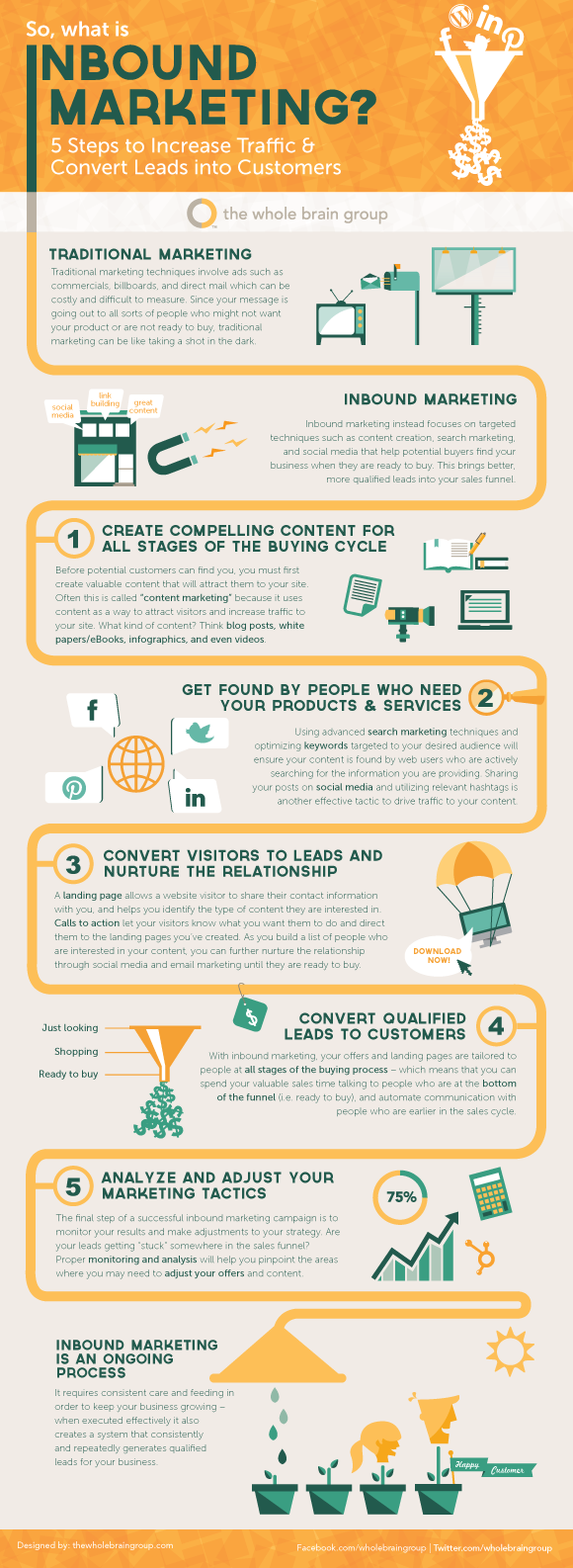Whether you’re a doctor, a nutritionist, or even a yoga instructor, you know you have something to offer the world. While healthcare professionals, regardless of specialty, are busy making the patient or client their number one concern, they should be careful not to neglect the importance of medical marketing. After all, how can the people who may need your help find your services and learn about your all-important skills if you don’t make these things known? Today, when people have a problem (statistically, 89% of US Internet users search online before making a purchase, both for products and services), they’ll most likely break out their smartphones or plop down at their computer desk and start the search using a search engine—so the first step is to make sure they can find you there.
SEO and Blogging
Search Engine Optimization helps people find you instead of your competitors. There are a lot of healthcare professionals out there, and be assured that most are now implementing this crucial inbound medical marketing strategy. So think about what your relevant keywords (words and phrases that people are searching for in your market) might be, and blog about them. Make yourself the new authority on your area of expertise. Give people information they didn’t even know they needed—they just need to think it looks interesting enough to click (so be creative with your titles, and most importantly, make sure to get your keywords in the title along with 3 or 4 more in the body of the text). The more content you publish, the more likely your web pages will pop up on potential patients' screens—in fact, companies that blog regularly, optimize and promote their blog have 70% more leads!
Social Media Influence
With social media, remain professional and on brand, but have a little fun, too. Hold contests (a campaign we did for a client once included filling out a simple form to win a Fitbit), ask people’s opinion in polls so they know their voices matter, post a fun fact, or even put up pictures of your office culture so prospective employees or partners can get a sense of the practice’s personality. Your fans will appreciate seeing a bit of the human element once in a while. What people also like to see, especially in medical marketing, are pictures and video. Social media is a great place for these to live. The more people that enjoy content on these platforms, the more likes or followers you will get, and the more credible your business will look to new people doing research (especially since 93% of adult Internet users are on Facebook).
Hint: Infographics can be the best kind of images to include in your social media. They break down otherwise complicated terms and concepts into easily digestible visuals. In terms of video, we like YouTube and Vimeo. They have a wide reach and you can show anything you can think of, from a free, even homemade commercial of sorts (this one of singing dentists went viral very quickly), to the filming of a procedure (people want to know what they’re in for —with the pictured patient’s permission, of course).
 (Image source: http://www.inboundway.com/blog/the-super-simple-explanation-of-inbound-marketing-infographic/)
(Image source: http://www.inboundway.com/blog/the-super-simple-explanation-of-inbound-marketing-infographic/)
Reputation Management
Don’t underestimate the power of referrals. Happy past or current patients give you a lot of credibility when talking to family and friends. Hand out a goody bag after a check-up or session with a note to like your Facebook page, or with some free inexpensive trinkets with your logo on them (it’s a win-win—they get a little prize and you’ll be promoting yourself by having something that can remind them of you and hang around long after their appointment). Display good customer service by always responding to comments, both positive and negative, that appear on your social pages. Use an email campaign in your medical marketing efforts to let customers know you’re all about keeping in touch and making sure they have great information on newest happenings (even discount codes).
Face-to-Face
Meeting people in person at a consumer trade show where you can set up a booth and maybe even conduct a free consultation or live demo is a great way to market your service. In our opinion, the power of face-to-face marketing is underrated. Just because so much is going digital these days, it is important not to forget that real, in-person relationships and interactions should never be replaced. They can just be elevated with the integration of an inbound marketing strategy. There could be an overwhelming number of other booths at these shows so you will need to promote adequately. Brand everything and send your friendliest, most bubbly representatives to gather contacts. Create a campaign around the show and tie together all the above-mentioned tools, such as blog, emails, and social media posts to get the word out about your participation.
When it comes to your medical marketing strategy, implementing these tactics should give you a boost and an edge over the competition. You want to make it as easy as possible for your future (and current) patients to find your practice and to read/hear the great things about it. If you are not sure where to start, give us a call for a free consultation.
